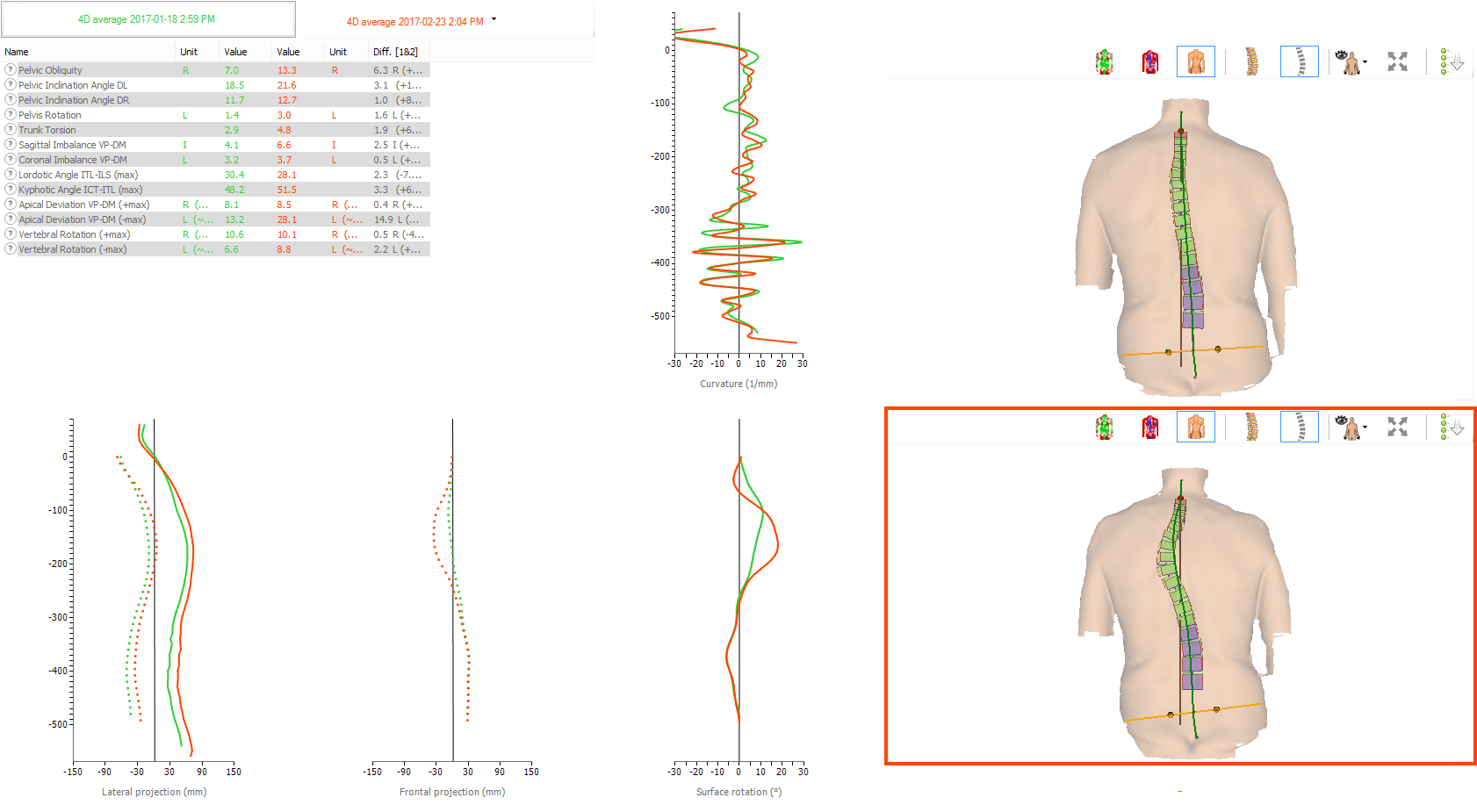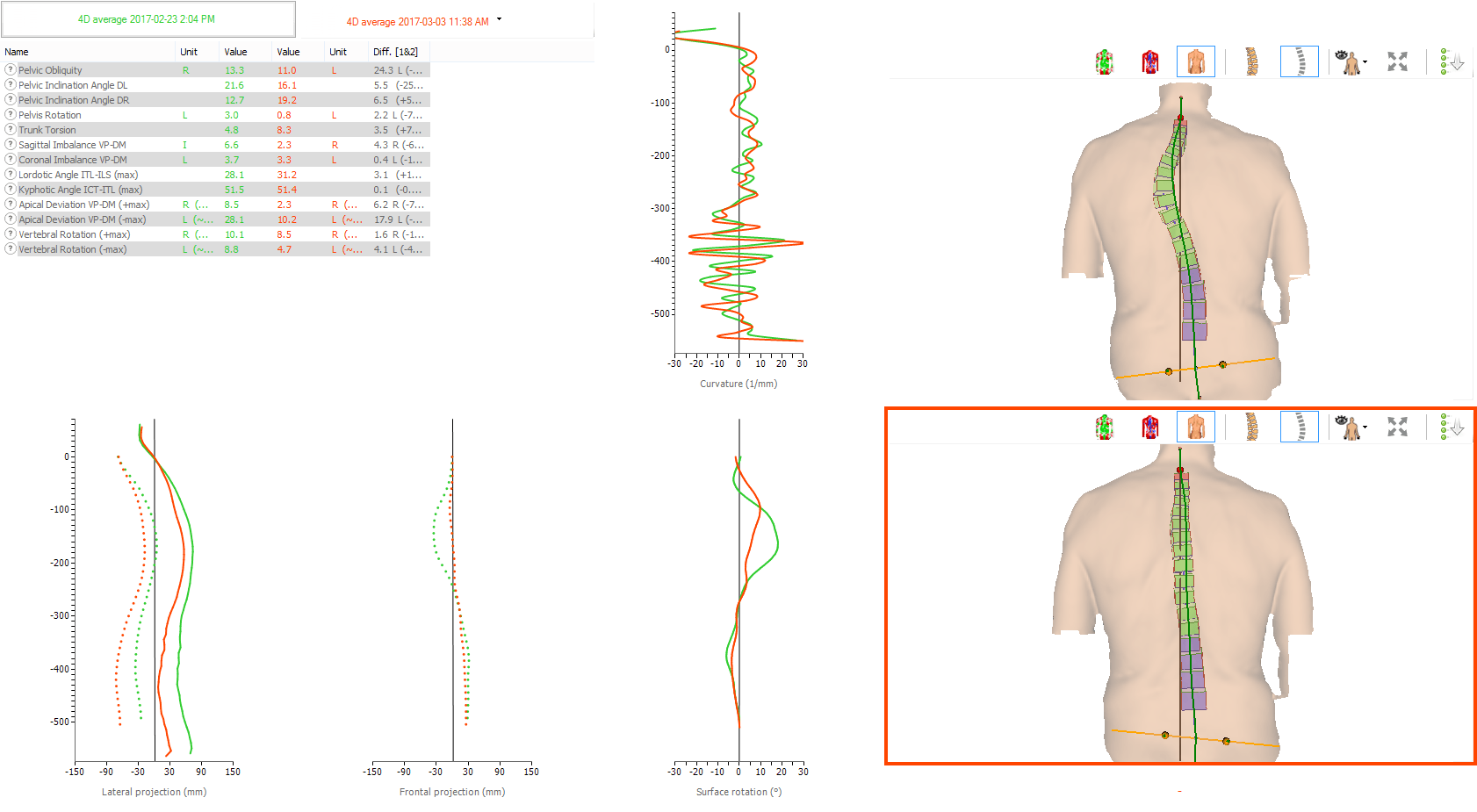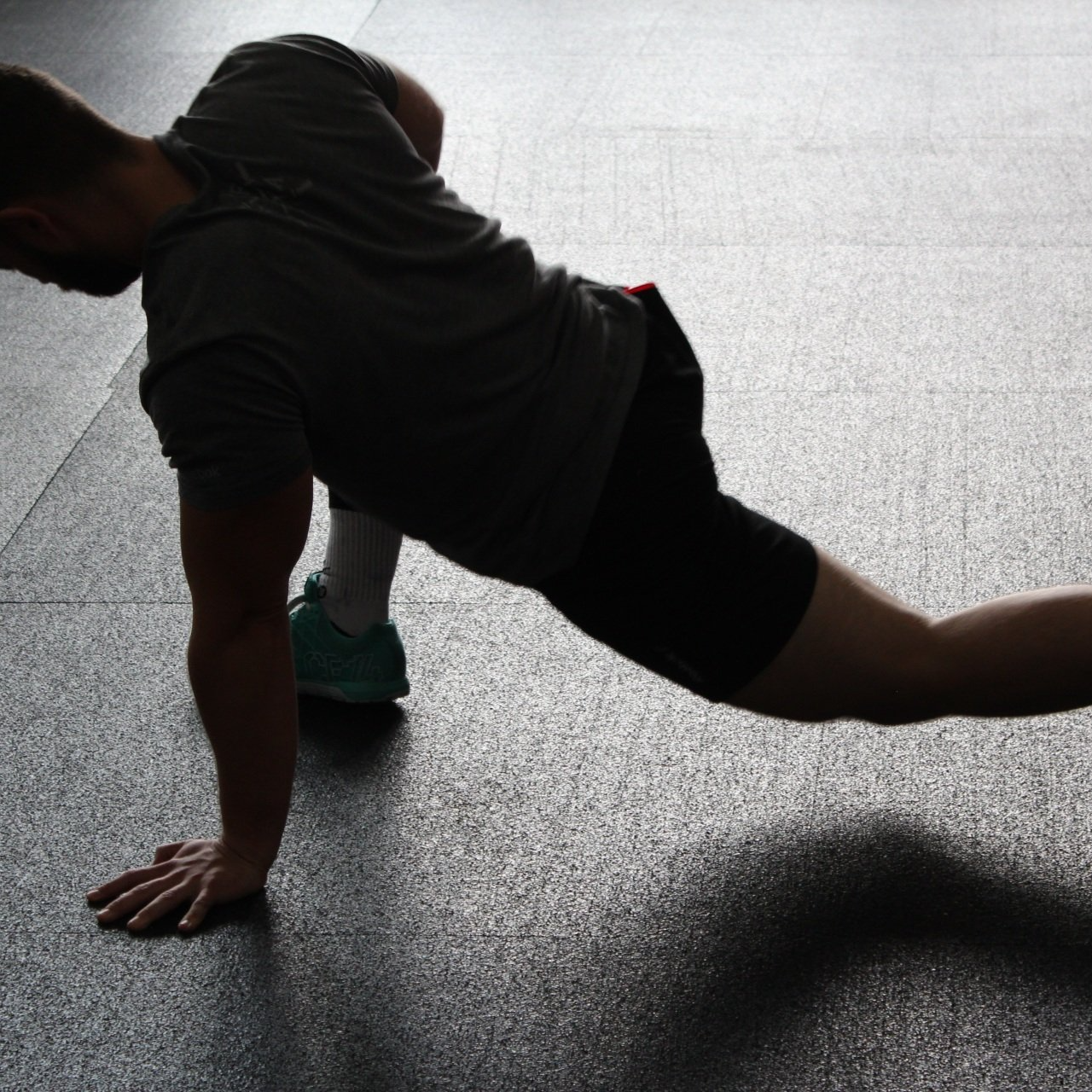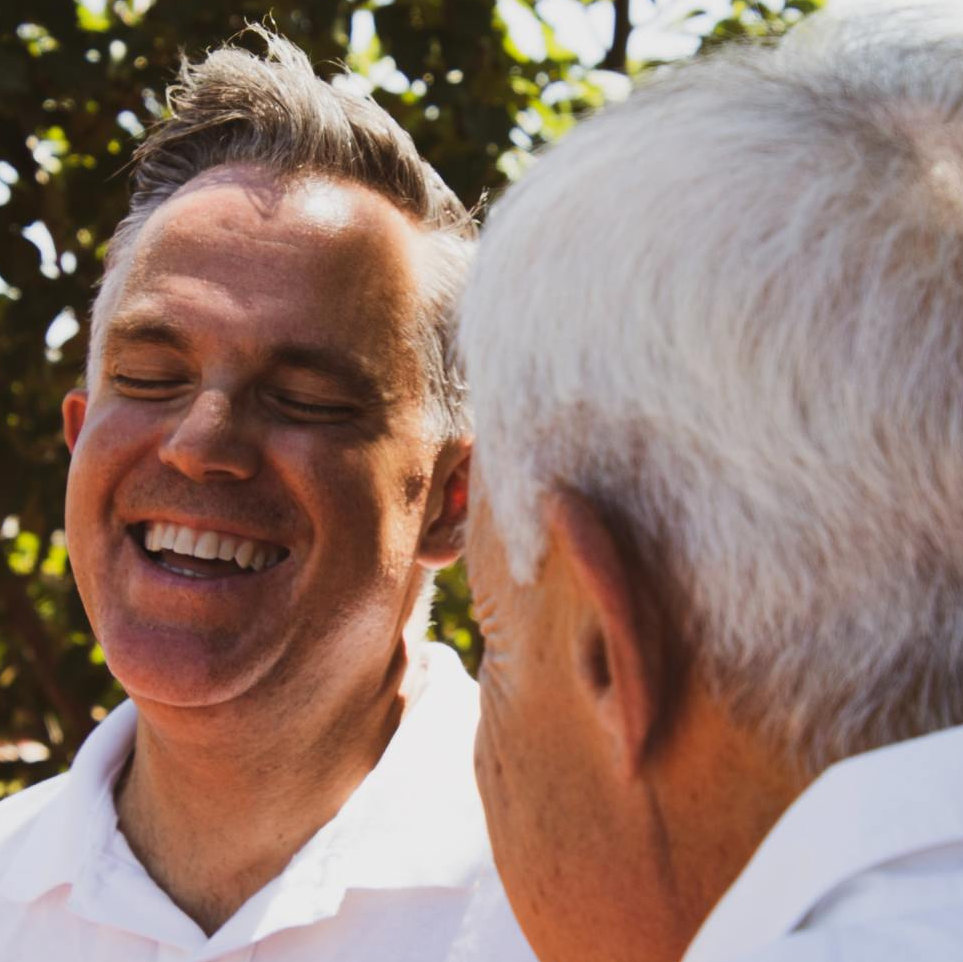Blog
UNIQUE AS SNOW FLAKES
People are as unique
as snowflakes and as I’m fond of saying, some of us are more “special” than others. I love my job. There’s never any danger of being bored.
One of the problems with all of us being so unique is that it can be hard to reduce us to predictable mathematical equations. Case in point is the difficulty researchers have had linking malalignment with pain.
It would seem to be self-evident that a crooked spine is a painful spine. Not necessarily so. There are more variables than you can count. Pain threshold. General state of health. Degree of demand on the nervous system. Endocrine system function. Connective tissue composition. Attitude towards pain. Person’s history of painful experience. The current emotional state. Simply accounting for the myriad of malalignment variations within the spine, to say nothing of alignment variables in the other parts of the body make this math virtually impossible to keep track of. Is it any wonder that we’ve had difficulty boiling this down to “bigger curve equals bigger pain.”
In the next few years I believe that we will make meaningful progress on this front. It is only a matter of time before technology will allow us to bridge the gap that currently exists between theoretical biomechanics and the science of pain. Technologies such as surface topography scanning allow us to quickly, easily and accurately measure the impact that different therapeutic interventions have on the body. As the amount of such data increases, research will gradually expose what characteristics are most important and most closely correlated in the relationship between malalignment and pain.
Today I want to show you two scan comparisons from the same person. This pair of scan comparisons is a classic example of “before and after” times two. Take a look:

The first scan is from the middle of January of this year (2017). This gentleman has been under care with various therapists, chiropractors, etc… for many years in the care of chronic back and neck problems. Approximately a month after the first scan he ran face first into a wall while playing squash. We scanned him a few days after his injury. You can see that his spine adopted an exaggerated version of the same postural pattern that he displayed in the first scan. In this case, not only was his skeleton much more bent and twisted when compared to the previous scan, but he reported having much more pain and difficulty moving his body after the injury.
I reassessed this patient’s situation and reviewed his corrective exercise routine. After making some modifications to his routine I asked him to practice it once daily and return a week later for reassessment. Here is what happened next.

The patient returned 8 days later. What do you notice first from the images, other than the spine in the second image is much straighter than the spine in the first? What I see is that the right side of the pelvis is considerably higher than the left in the first image. In the second image the left side of the pelvis is higher, not the right.
When we look at the two sides of the pelvis in the first image, we see that the right ilium was at 12.7 degrees of inclination and the left side of the pelvis was at 21.6 degrees. The middle of the healthy range of pelvic inclination for a man is supposed to be 16 degrees. So, not only are these measures not 16 degrees, but the difference between the two sides is almost 9 degrees! Enormous.
After 8 days of working on his Alignment First Protocol © prescription his right ilium was at 19.2 degrees and his left ilium was at 16.1 degrees of inclination. Not perfectly symmetrical at 16 degrees but at least in the right neighborhood and the difference was now barely above 3 degrees. A big improvement! Unsurprisingly, the patient reported feeling much better than he did the previous week.
After measuring this kind of malalignment manually for decades and now using the Diers 4D Formetric scanner, I can tell you with tremendous confidence that this degree of positional change is not typical. Apparently, this gentleman has a little more elastin in his connective tissues than average. While that helps him when he goes to yoga classes, it didn’t do him any favors when he smashed his face against the wall. The bright side to this story is that he quickly and easily recovered from his exercise-induced scoliosis. The moral of the story? Whether you have a high or low percentage of elastin in your connective tissues, it’s always better to avoid smashing your face into the wall. Always.
If you tried to follow this advice but still smashed your face into the wall, give us a call (or send us an email if it hurts to talk) and we’ll get you straightened out!
Yours in health,
Geoff Dakin

"Most people who have chronic or recurring knee pain have a hip/pelvis alignment problem, a foot/ankle problem, or both." First-principles thinking involves breaking down a problem into its assumption-free, fundamental building blocks. In the chronic pain-elimination game, the following fundamental truths have served me well over the years: 1. The nervous system is paramount. 2. Malalignment of the skeleton adds stress to the neuromuscular system. 3. Postural malalignment can usually be reduced with the practice of appropriately prescribed corrective exercise.

I have found that most people will stretch as aggressively as their pain threshold will allow. However, there is this thing called the “Stretch Reflex.” In other words, stretch too hard and all you are doing is making yourself sore! All pain, no gain. Stretching "the wrong muscles"??? I can hear the gears turning in your head. "The wrong muscles" doesn't make any sense!

Although chronic back pain is the most common chronic pain problem worldwide, of course, it's not the only one. In my practice, I also help people struggling with foot pain, hip pain, shoulder pain, and many others!
In fact, today I want to share with you my perspective on KNEE PAIN, one of the most common problems I'm asked about.

“Impossible” is usually an opinion, not a fact. Although you may’ve taken a very long and winding road to get relief from chronic pain, and you’ve probably even had experiences that suggest that solving your pain problems are “impossible” If you come to the clinic or work with me using video conferencing I can guide you through your rehab training even faster and easier!

This morning I got thinking about something a patient said. She has felt “heard” and she is no longer fearful that she will be “forced to do things that cause undo pain". I put a lot of time, effort, and yes, thought, into making sure you’re getting the care your body needs, not what some system says you SHOULD need.

With people living longer than ever before, more and more individuals find themselves sandwiched between caring for their children and caring for their aging parents. You may experience feelings of grief and loss, as you see your parents changing and the roles of your family shifting. You may also feel fearful and anxious about your parent’s mortality, and that gets you thinking about your own.

The body holds much of the information we need to function at our best, but too often we ignore its messages and plow ahead with what our minds tell us. Instead of asking our body what it wants, we go for the quick fill-up or the comfort food that may be the last thing we really need. So, what to do to give your body an equal say in how you use it?



